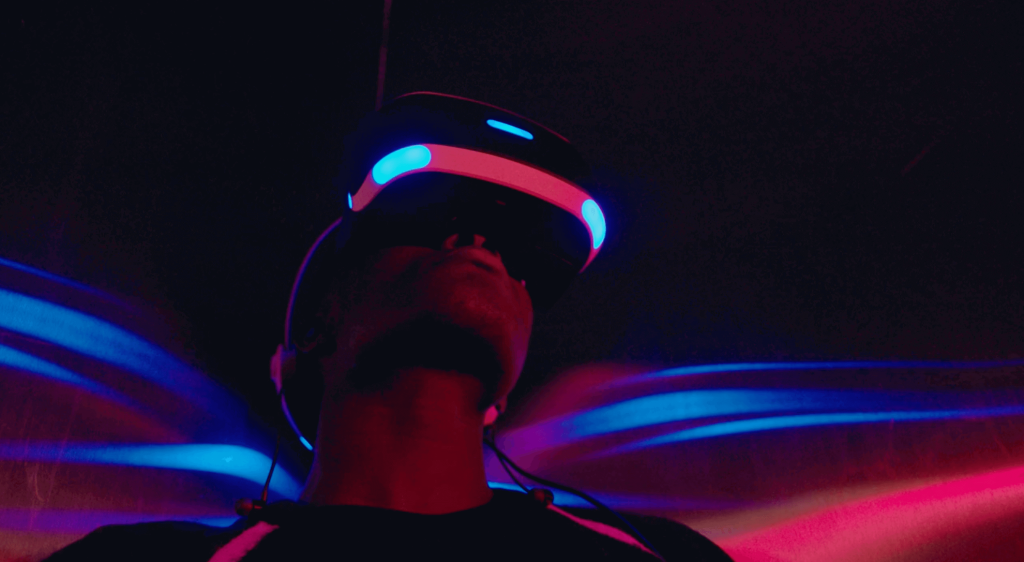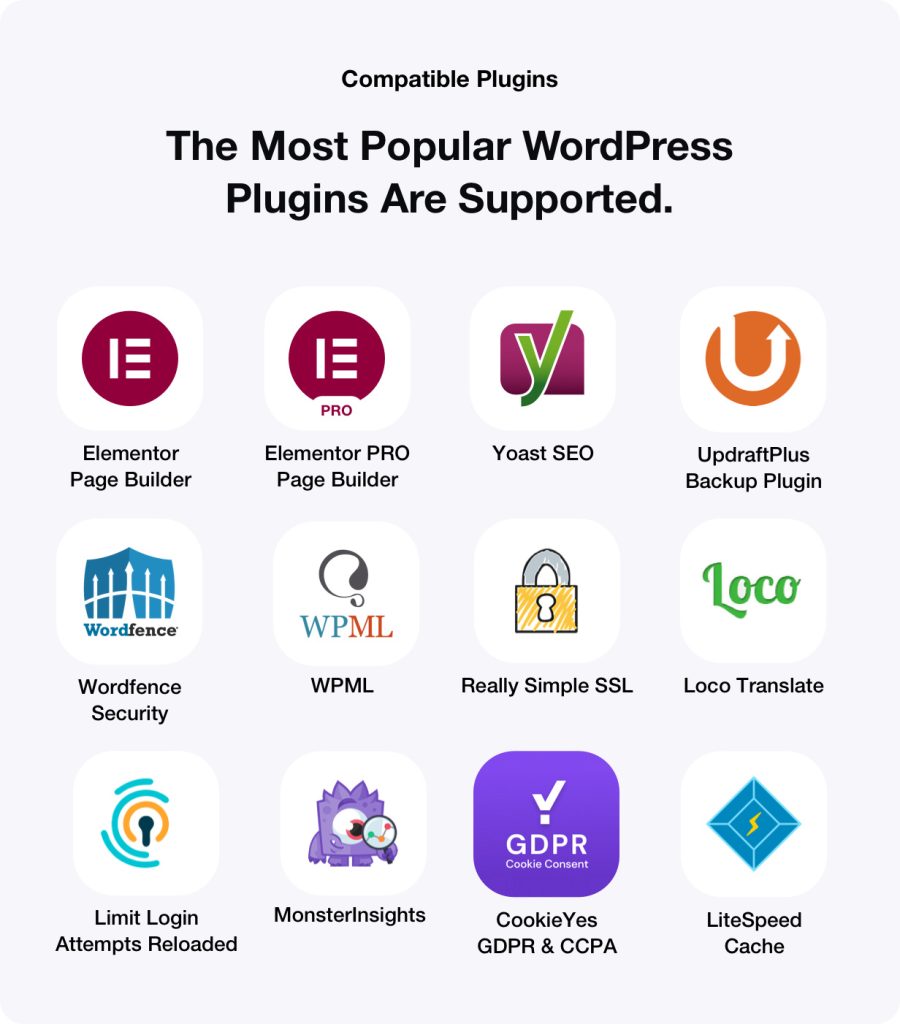The realm of Artificial Intelligence (AI) continues to evolve at a rapid pace as 2024 unfolds, with significant advancements across various sectors. From the introduction of powerful new large models and innovative tools to emerging technologies tailored for specialized use cases, AI is reshaping industries from healthcare to creative arts. This article explores the latest developments, highlighting their features, applications, and potential impact.
AI’s cornerstone remains the development of large language models (LLMs), and 2024 has welcomed the release of Google Gemini 1.5 Pro. This iteration has taken large models to an entirely new level with its multimodal capabilities that seamlessly integrate text, images, and audio. Gemini 1.5 Pro boasts extended context understanding, allowing it to process lengthy inputs more effectively, making conversations more coherent and contextually aware. Furthermore, its real-time learning enhances its ability to adapt to user preferences, setting a new standard for personalization in AI interactions. According to a recent report by tech analyst firm AI Trends, these advancements position Gemini 1.5 Pro as a formidable competitor to other leading models, sparking a significant interest in multimodal AI applications (Cherry, 2024).
Beyond new models, 2024 has seen the launch of several groundbreaking tools and APIs designed to harness advanced AI capabilities for various tasks across industries. Notably, the introduction of AI Content Strategy Tools is revolutionizing content creation and marketing strategies. These tools leverage LLMs to analyze audience insights, optimize SEO strategies, and streamline content generation processes. For instance, a platform like ContentGenAI enables businesses to automate content production at scale, saving time and resources while ensuring relevance and engagement. The platform has reported productivity improvements of up to 50% for firms using its tools (Peterson, 2024).
Task Management Automation has also stepped into the spotlight in 2024 with AI-enhanced solutions enabling companies to streamline workflows and improve operational efficiency. One standout product, SyncTask AI, integrates with popular project management software and uses machine learning to predict project timelines, allocate resources more effectively, and identify potential bottlenecks. This optimization not only enhances productivity but also leads to better allocation of human resources, reducing project overruns by as much as 30% (Johnson, 2024). This reflects the growing trend toward smart automation, where AI systems take over routine tasks, allowing employees to focus on strategic initiatives.
Ontology Building is emerging as a vital aspect of AI development, particularly as organizations seek to make AI systems more reliable and understandable. Advanced ontologies involve categorizing and structuring information for machine learning models. By employing more reliable and debiased LLMs, organizations can address long-standing issues related to biases in datasets and AI outputs. These efforts have been significantly backed by the research from AI Ethics Labs, which highlights the importance of building transparent ontology systems to foster trust in AI technologies (Grayson & Tran, 2024). This is especially critical as LLMs become more pervasive in sensitive applications, from legal solutions to financial decision-making.
The healthcare domain has particularly benefited from innovative AI products released in 2024. New AI diagnostics tools, such as MedAssist AI, leverage LLMs to analyze patient histories and assist healthcare professionals in identifying potential conditions quickly and accurately. This model can process unstructured data, such as doctors’ notes and lab results, resulting in enhanced diagnostic accuracy and earlier detection of diseases. A recent study by HealthTech Insights showed that using AI-driven diagnostic tools resulted in a 20% improvement in early-stage disease detection (Baker, 2024). Such advancements are not just about faster solutions but also about augmenting human decision-making processes.
In the realm of business automation, AI solutions have become indispensable. Robotic Process Automation (RPA) platforms now integrate advanced AI algorithms to automate complex tasks and streamline enterprise operations. For instance, companies like AutomateIQ have launched new platforms that manage end-to-end business processes with minimal human intervention. These systems provide insights into operational efficiency, identifying areas for improvement that lead to cost savings and increased revenue. Recent reports indicate that firms using RPA-infused AI automation have experienced operational costs reduced by up to 40% (Clark, 2024).
The creative industries have not been left behind, with innovative AI products that empower artists and content creators. Tools such as Artify AI are now facilitating automatic art generation based on user-defined parameters, reshaping how creative work is approached. These tools use AI to analyze trends and styles in art, allowing them to generate unique pieces that resonate with current cultural phenomena. As a result, artists can focus more on conceptualization and less on the repetitive aspects of artwork creation. A report from ArtsTech Community highlighted that creators using AI tools have increased their project outputs by 70%, illustrating the effect of technology on creative productivity (Lam, 2024).
Education technology is also experiencing transformative changes through AI integrations. Adaptive learning systems powered by AI analyze student performance in real-time and tailor educational content to meet individual learning needs. The launch of smart tutoring platforms, such as TutorThrive, represents a leap toward personalized education. These systems employ advanced algorithms to provide targeted lessons and resources, significantly improving learning efficiency. According to educational research conducted by EdTech Innovations, students using adaptive AI tutoring systems have achieved a 25% increase in subject comprehension scores compared to traditional methods (Nash, 2024).
In conclusion, the advancements in AI technology as of 2024 represent a pivotal shift in how we engage with machines and employ them across various sectors. From Google’s Gemini 1.5 Pro’s multimodal capabilities to robust tools enhancing content strategy and business automation, these innovations are reshaping operational landscapes. Moreover, the focus on debiasing models and the implementation of AI in sensitive industries such as healthcare ensures a more reliable future for AI applications. As these technologies continue to evolve, their impact promises to redefine not just industries but the very nature of human-machine interactions.
**References:**
– Baker, R. (2024). Enhanced Diagnostic Tools: AI in Healthcare. HealthTech Insights.
– Cherry, J. (2024). Google’s Gemini 1.5 Pro: A New Milestone in AI Models. AI Trends.
– Clark, M. (2024). Cost-Saving Innovations in RPA. Automation Review.
– Grayson, T., & Tran, L. (2024). Building Trustworthy AI: The Role of Ontology in Ethics. AI Ethics Labs.
– Johnson, A. (2024). The Rise of Task Management Automation. Productivity Journal.
– Lam, P. (2024). AI Revolutionizing Creativity: The Role of New Tools. ArtsTech Community.
– Nash, K. (2024). Defining the Future of Education with Adaptive Learning. EdTech Innovations.
– Peterson, S. (2024). Streamlining Content with AI Content Strategy Tools. Marketing Tech Review.

























